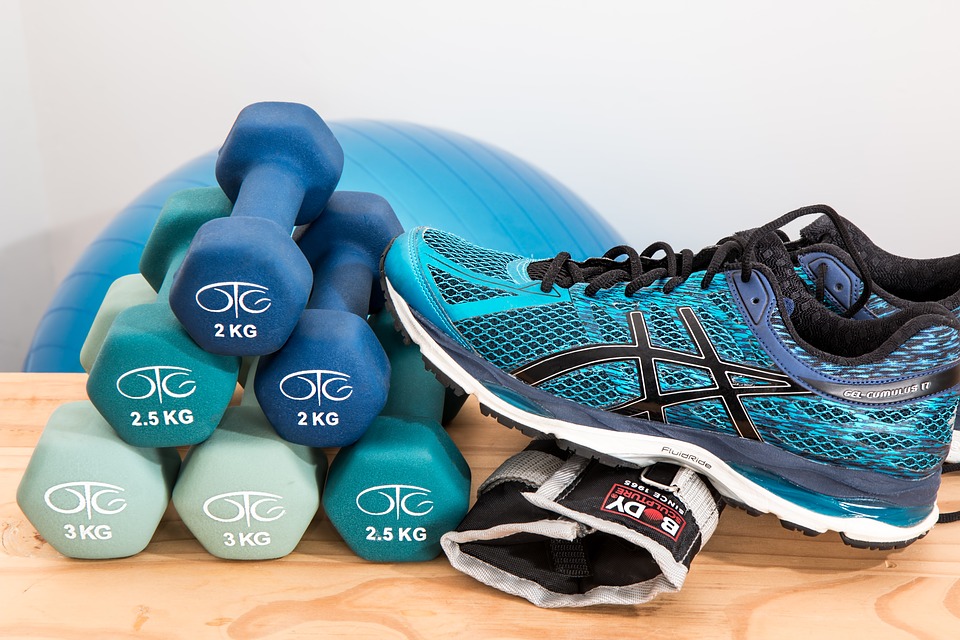Exercise Shown to Reduce Risk of Parkinson's Disease

Need another reason to exercise? Aside from the positive impact it has on managing weight, reducing fatigue and improving mood, there’s new evidence suggesting that it can also slow down Parkinson’s disease.
Affecting more than 6 million people globally, Parkinson’s disease is a chronic disease of the central nervous system. While it affects many systems in the body, it’s greatest influence occurs on the motor systems. Individuals suffering from Parkinson’s typically experience characteristic symptoms like shaking, trouble walking and slowness. Unfortunately, there’s no cure for Parkinson’s (not yet, at least). But there are ways to slow its progression, including exercise.
According to a study cited by NY Times, high-intensity exercise can slow the rate at which Parkinson’s disease progresses. Researchers from Northwestern University found that individuals suffering from the disease who performed “intense” treadmill exercises developed symptoms more slowly than their counterparts who either refrained from exercise or engaged in low-intensity exercise.
It’s important to note, however, that these benefits were only found in participants who engaged in intense exercise. Performing less intense exercise did not have any noticeable effect on slowing down Parkinson’s disease.
So, how exactly does exercise slow down the rate at which Parkinson’s disease progresses? That question remains open to debate. However, researchers theorize that exercise, especially high-intensity exercise, improves the brain’s vascularity and blood supply. These effects could be contributed to its positive impact on slowing down neurological diseases like Parkinson’s.
“My guess is that high-intensity exercise does a better job at improving brain vascularity and neuronal blood supply,” said study author and researcher Daniel Corcos, a professor of human movement sciences at Northwestern University Feinberg School of Medicine.
Of course, this isn’t the first study suggesting that exercise can slow down Parkinson’s disease. Other studies have shown that boxing, dancing and similar activities also offer such benefits. This study is important, however, because it highlights the benefits of intense exercise over less intense exercise.
What does this mean for the millions of men and women suffering from Parkinson’s disease? It means they should focus on increasing the amount of intense exercise in their daily lifestyle. Whether it’s running or lifting weights, intense exercise offers a myriad of benefits. It builds muscle, burns fat, and assuming this study is right, it can even slow down the rate at which Parkinson’s disease progresses.
This study was published in the medical journal JAMA Neurology.
Recent Posts
-
Fire Safety in the Workplace: What You Need to Know
What steps are you taking to prevent fires in your workplace? According to the U.S. Occupational Saf …Aug 23rd 2023 -
Is It Safe to Go Jogging With a Cold Infection?
If you're suffering from a cold infection, you might be wondering whether it's safe to go jogging. T …Aug 22nd 2023 -
5 Safety Tips to Follow When Using a Powder-Actuated Tool
Powder-actuated tools are commonly used to join materials to steel and concrete. Also known as Hilti …Aug 20th 2023




